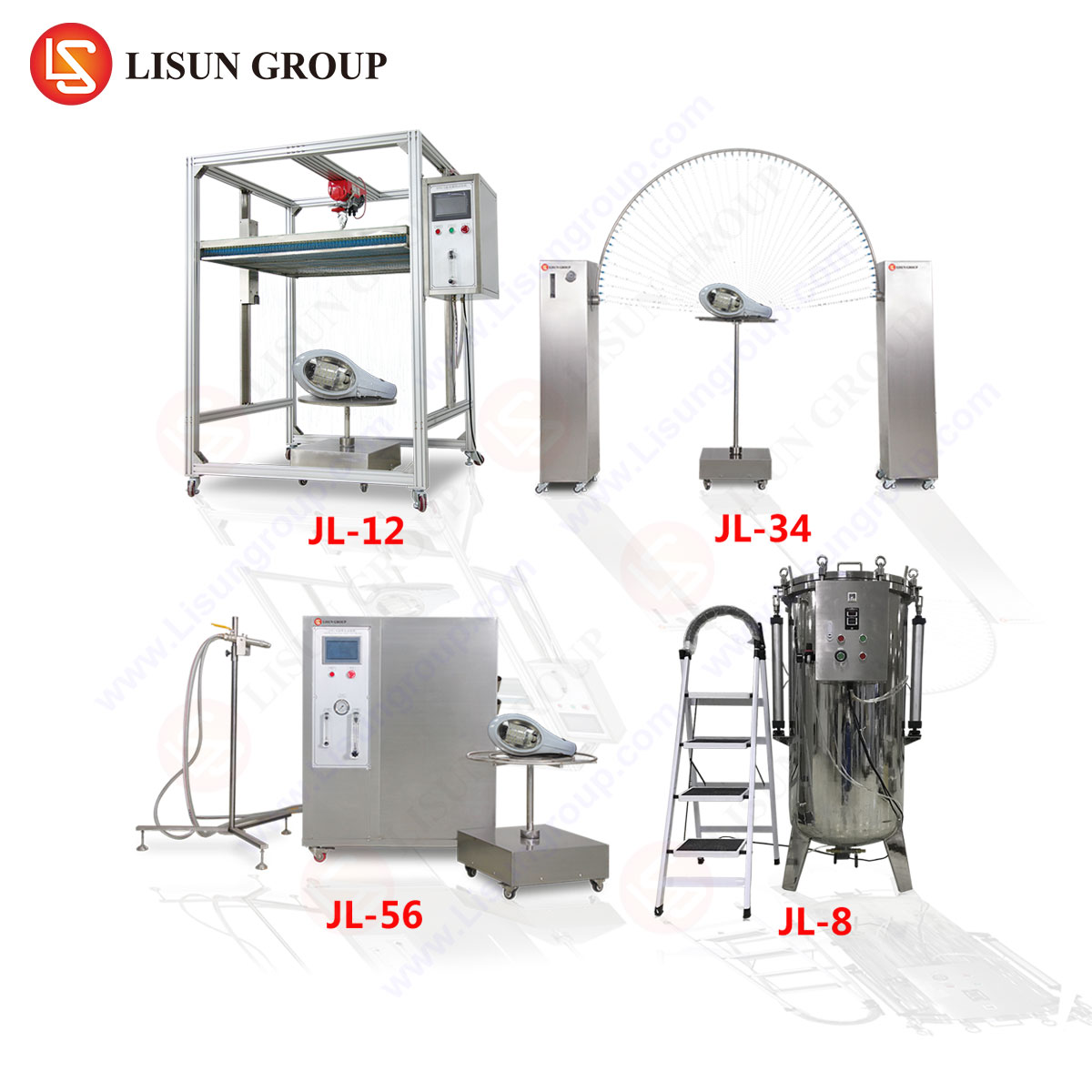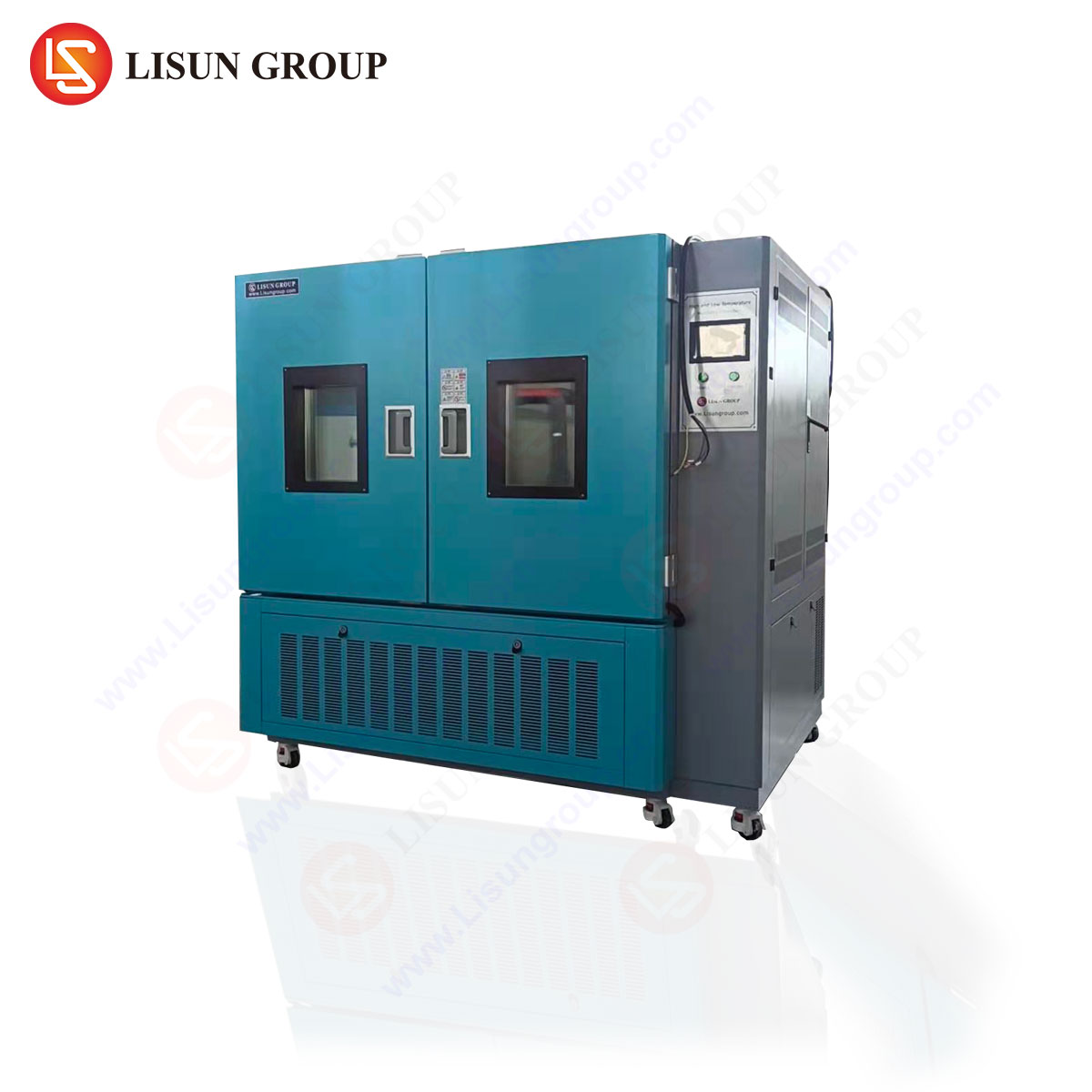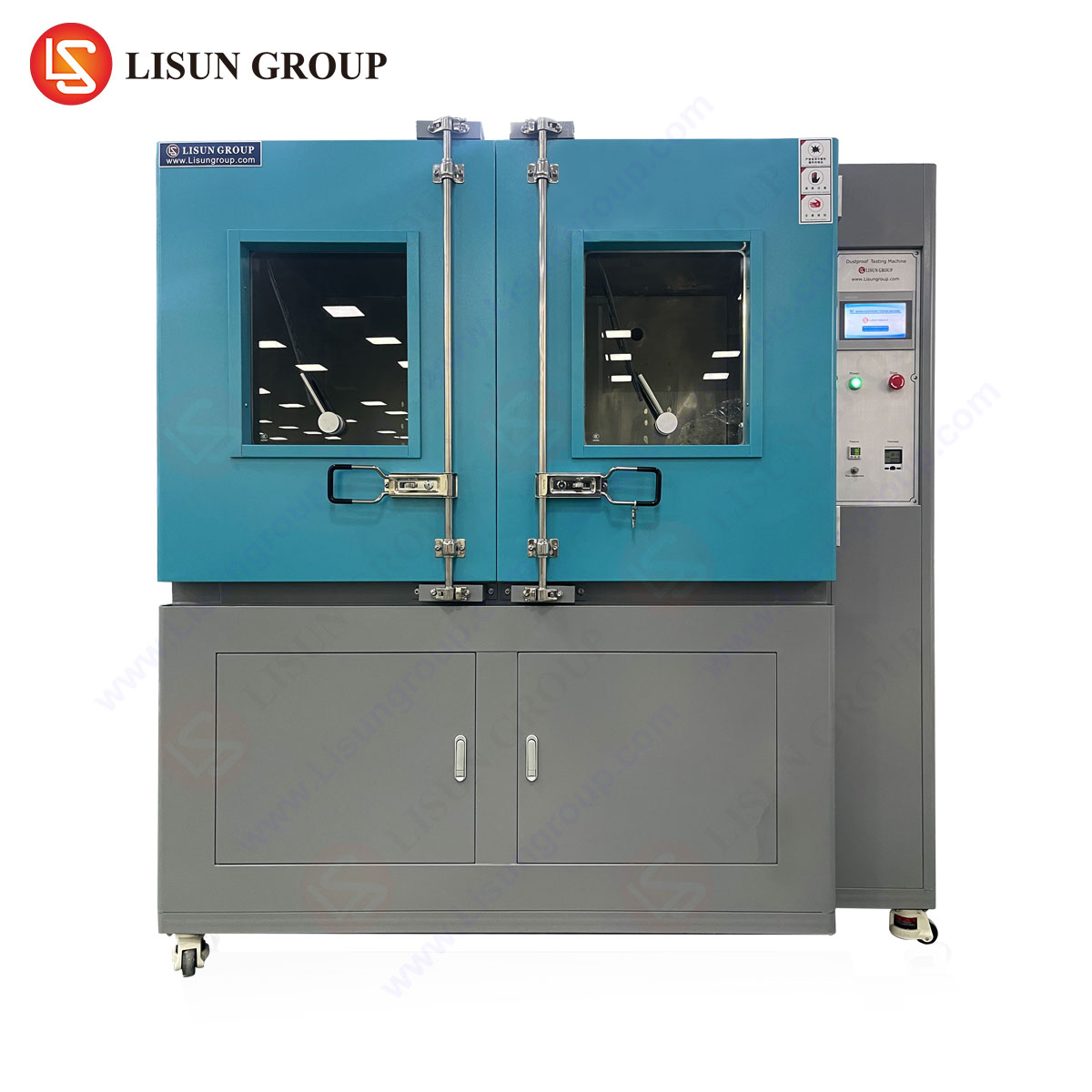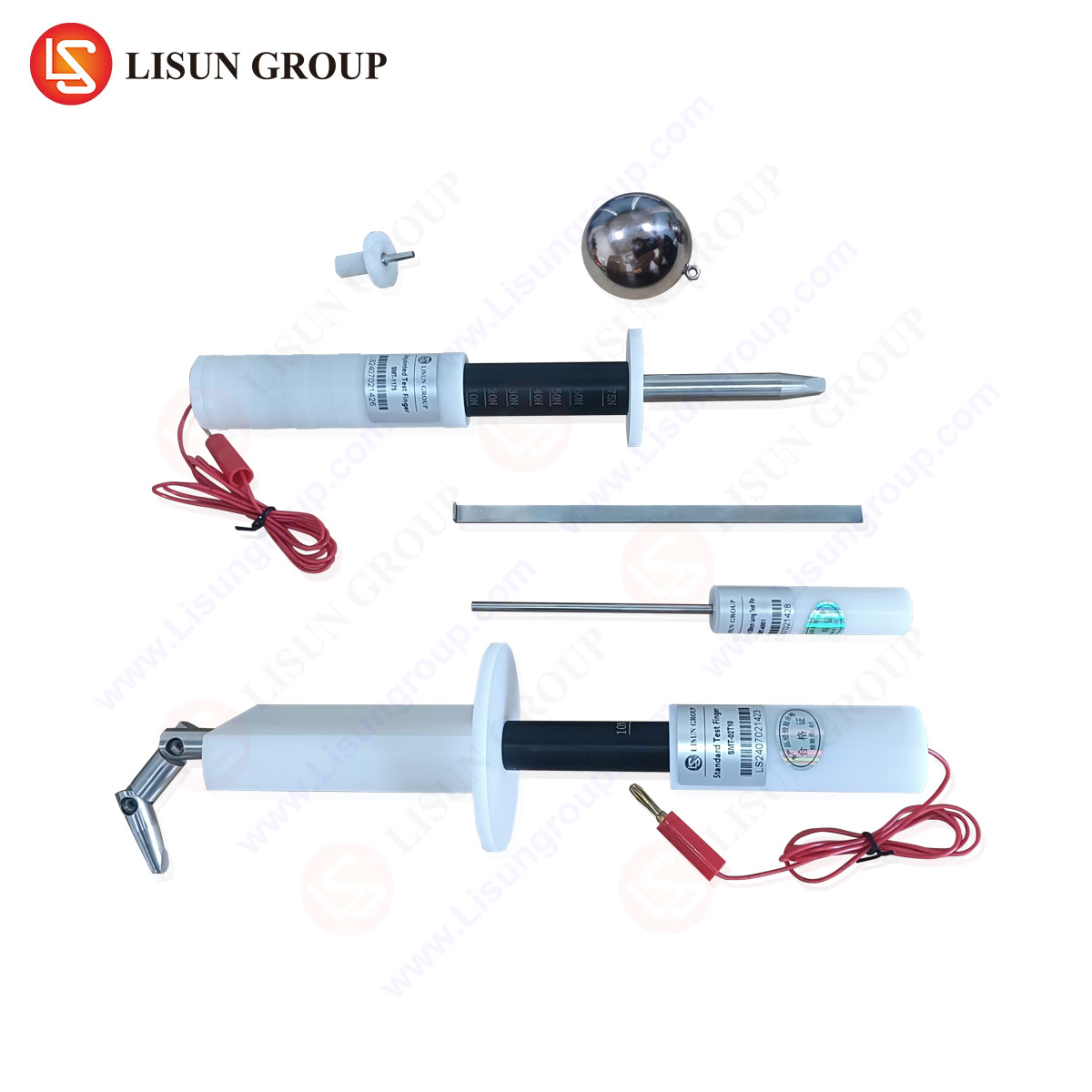Fundamentals of Dimensional Verification in Plugs and Sockets
Dimensional verification is a critical aspect of ensuring compliance with international standards for plugs and sockets. EN 50075, which specifies requirements for flat non-rewirable two-pole plugs, mandates precise dimensional tolerances to guarantee interoperability, safety, and mechanical robustness. Central to this verification process are Go and Not Go gauges, specialized tools designed to assess conformance with specified dimensional limits.
Go gauges confirm that a plug or socket meets minimum acceptable dimensions, while Not Go gauges verify that components do not exceed maximum permissible tolerances. The combined use of these gauges ensures that manufactured products adhere to EN 50075 Figure 1 specifications, preventing non-conformities that could lead to electrical hazards or mechanical failures.
EN 50075 Figure 1: Key Dimensional Requirements
Figure 1 of EN 50075 defines the critical dimensions for flat two-pole plugs, including pin width, thickness, spacing, and insertion depth. These parameters must be rigorously tested to ensure compatibility with corresponding socket outlets. Deviations beyond specified tolerances can result in poor electrical contact, overheating, or mechanical instability.
The standard delineates exact measurements, such as:
- Pin width: 4.0 mm ± 0.05 mm
- Pin thickness: 1.7 mm ± 0.03 mm
- Pin spacing: 18.6 mm ± 0.1 mm
Go gauges must fit into the plug’s pin slots without resistance, confirming compliance with minimum dimensions, whereas Not Go gauges must not fit, ensuring that maximum tolerances are not exceeded.
LISUN Gauges for Plugs and Sockets: Precision and Compliance
LISUN’s Go and Not Go gauges are engineered to meet the stringent requirements of EN 50075, providing manufacturers with reliable tools for dimensional verification. These gauges are manufactured from hardened steel or tungsten carbide, ensuring durability and resistance to wear over repeated testing cycles.
Key Specifications of LISUN Gauges
- Material: High-grade steel (HRC 60-65) or tungsten carbide for extended service life
- Tolerance: ±0.005 mm, exceeding standard requirements
- Surface Finish: Precision-ground to minimize friction during testing
- Compatibility: Designed for EN 50075 Figure 1, IEC 60083, and related standards
Testing Principles and Methodology
LISUN’s gauges employ a binary verification system:
- Go Gauge Testing: The gauge must insert smoothly into the plug’s pin slot, confirming that the minimum dimensions are met.
- Not Go Gauge Testing: The gauge must not insert, ensuring that the plug does not exceed maximum permissible dimensions.
This dual-validation approach eliminates ambiguity, ensuring that only compliant products proceed to certification.
Industry Applications and Compliance Assurance
Manufacturers of plugs and sockets rely on Go and Not Go gauges to maintain consistency across production batches. Regulatory bodies and testing laboratories, including those accredited under IECEE CB Scheme, mandate dimensional verification as part of type testing and routine quality control.
LISUN gauges are widely adopted in:
- Production Line QC: Automated or manual inspection stations
- Third-Party Certification Testing: Ensuring compliance before market release
- Supplier Audits: Verifying component conformity from subcontractors
Comparative Advantages of LISUN Gauges
LISUN’s gauges distinguish themselves through:
- Superior Material Hardness: Reducing wear and calibration frequency
- Enhanced Precision: Exceeding standard tolerances for higher reliability
- Traceable Calibration: Compliance with ISO/IEC 17025 for accredited laboratories
Competitive alternatives often suffer from premature wear or looser tolerances, leading to false acceptances or rejections. LISUN’s rigorous manufacturing process mitigates these risks, ensuring long-term accuracy.
FAQ: Common Queries on Go/Not Go Gauges and EN 50075 Compliance
Q1: How often should Go/Not Go gauges be recalibrated?
A: Industry best practices recommend annual recalibration, though high-volume production environments may require quarterly checks.
Q2: Can LISUN gauges be customized for non-standard plug designs?
A: Yes, LISUN provides bespoke gauge solutions tailored to proprietary plug configurations while maintaining compliance with relevant standards.
Q3: What is the consequence of using worn gauges in production?
A: Worn gauges may permit out-of-spec components to pass, increasing the risk of field failures or non-compliance penalties.
Q4: Are LISUN gauges compatible with automated testing systems?
A: Yes, they are designed for integration into automated QC stations, supporting high-throughput inspection.
Q5: How does EN 50075 Figure 1 differ from other plug standards?
A: EN 50075 specifically governs flat two-pole plugs, whereas standards like IEC 60906-1 cover different configurations, necessitating distinct gauge designs.







